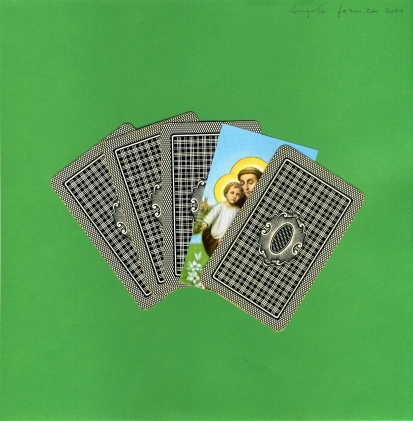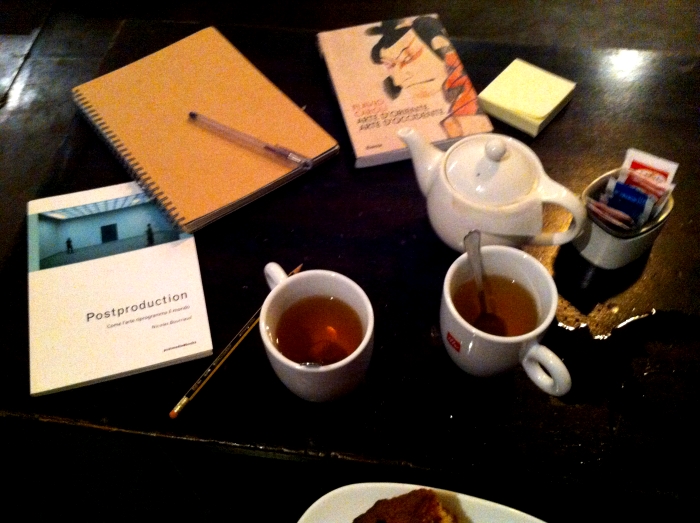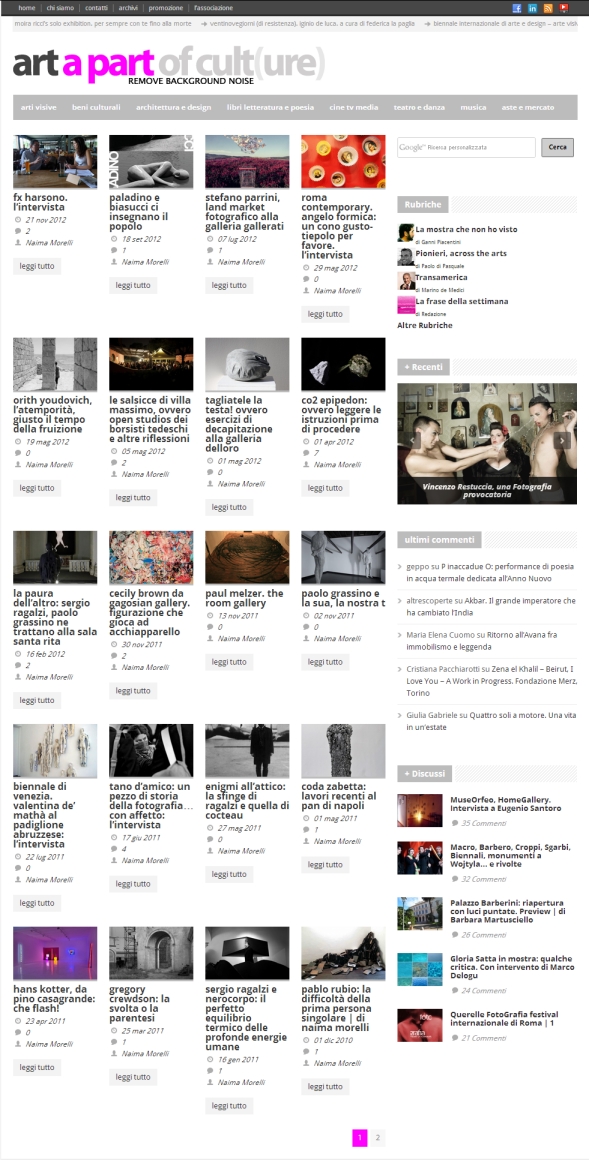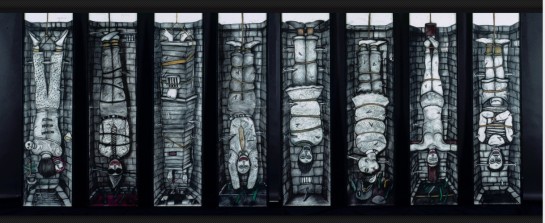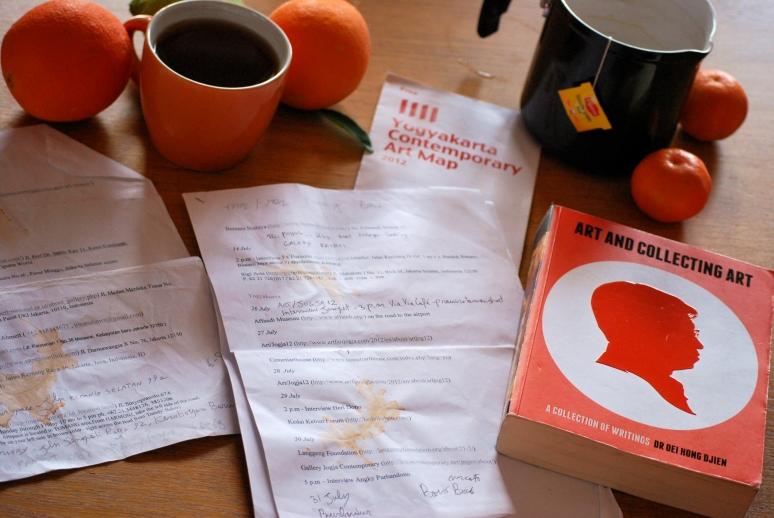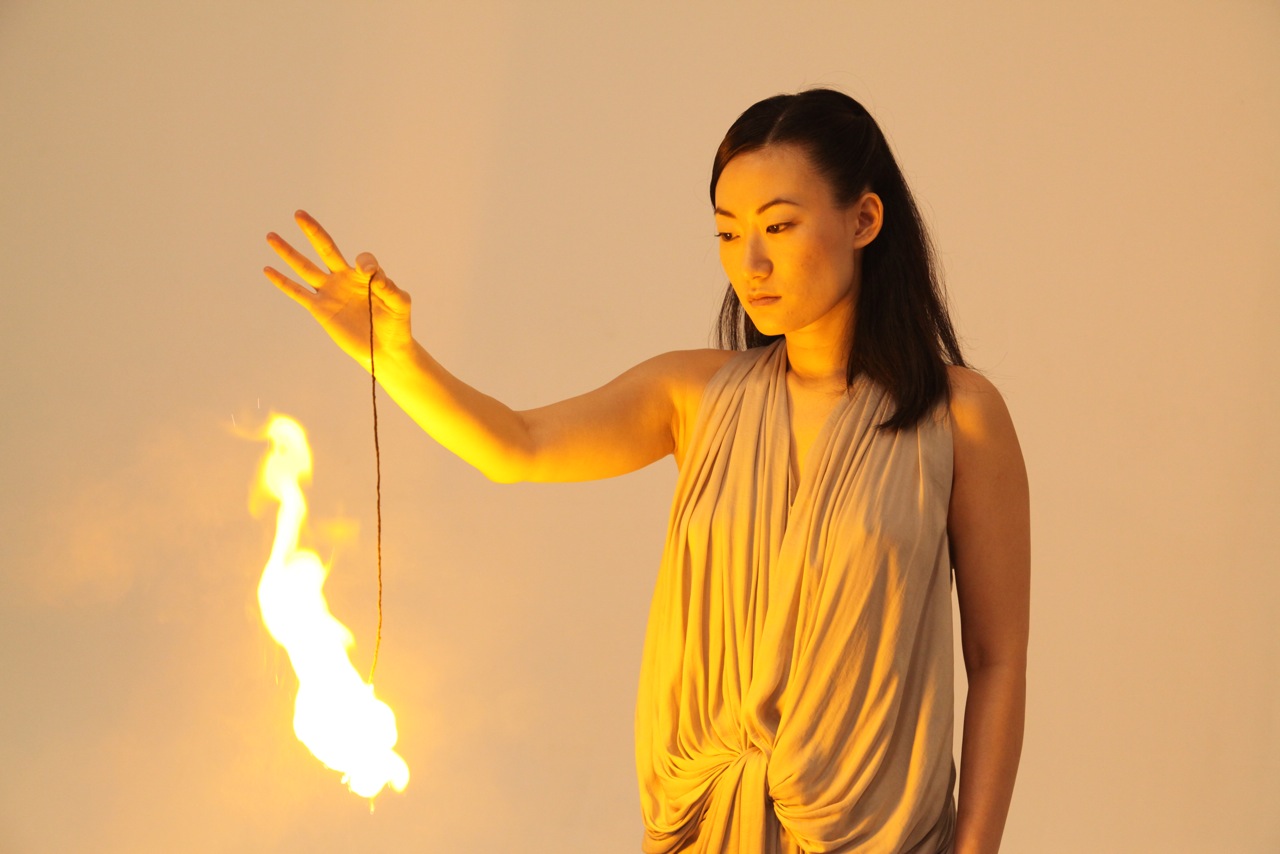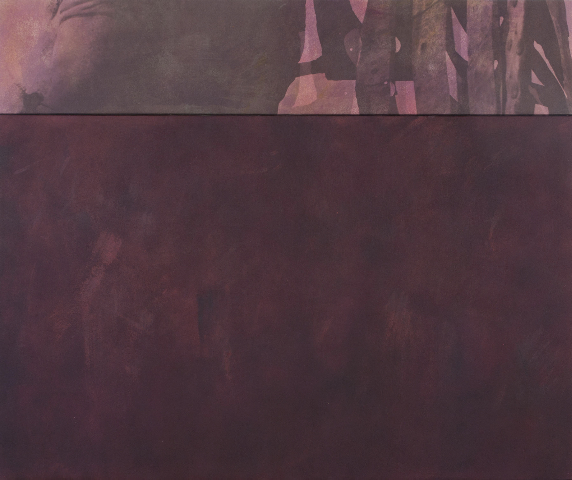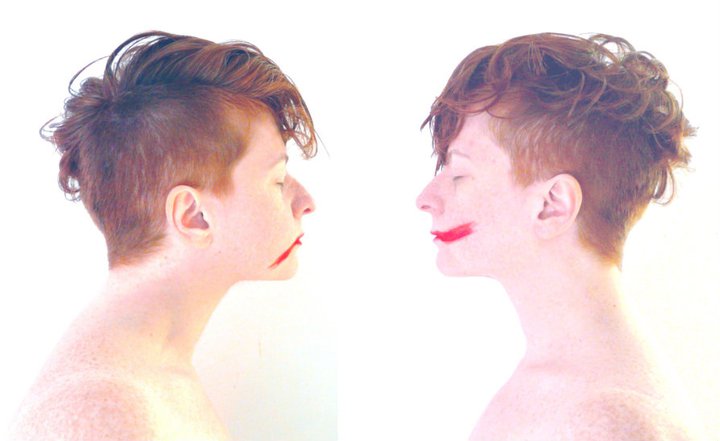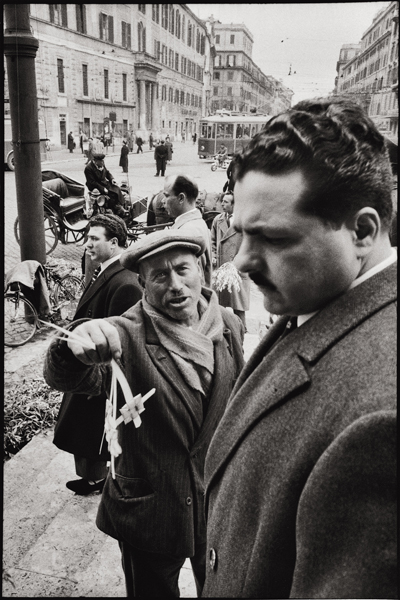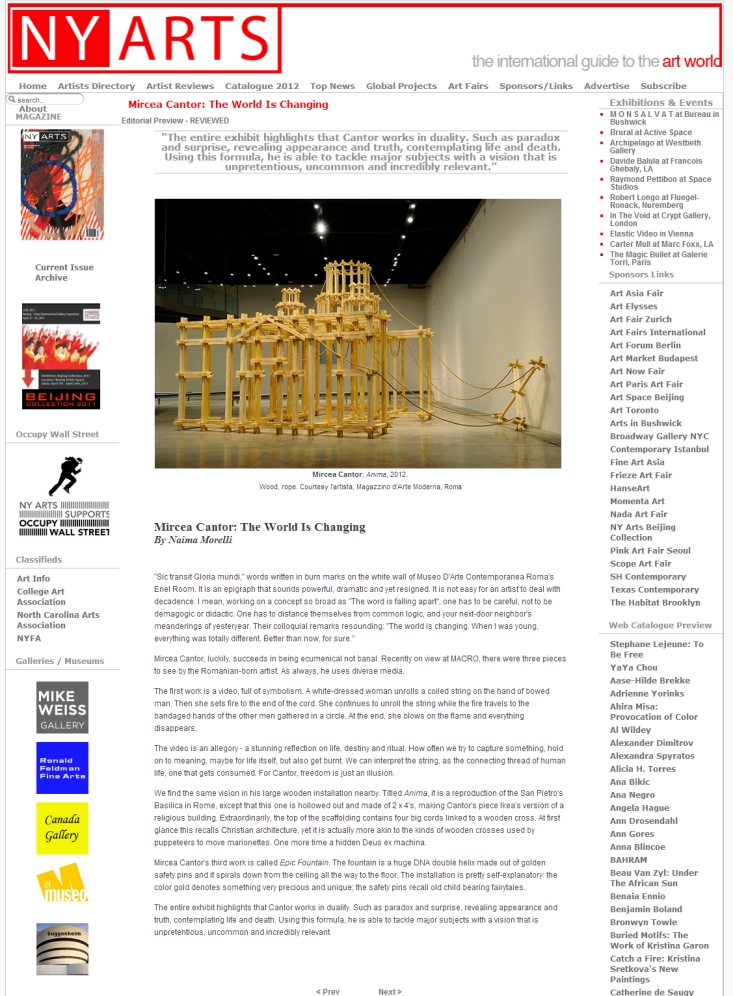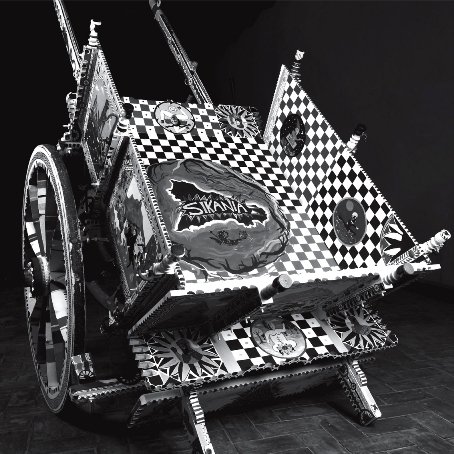
“Ed anche la roba era fatta per lui, che pareva ci avesse la calamita, perché la roba vuol stare con chi sa tenerla, e non la sciupa”.
E’ effettivamente un accumulo, paragonabile a quello del Mazzarò di Verga, che il collettivo siciliano Laboratorio Saccardi, duttile e poliedrico come sempre nella scelta dei mezzi espressivi, mette in scena alla galleria Z20.
Questa è la situazione: al centro della galleria c’è un carretto con tanto di tavuàzzi, fonnu di càscia, masciddàari e puttèddu, decorato e dipinto come i tipici carretti siciliani che univano l’ovvia funzionalità di trasporto ad una didattica; vi erano rappresentati, a beneficio della popolazione analfabeta, eroi cavallereschi e rappresentazioni mitologiche in tinte molto vivaci.
La differenza in questo caso, oltre ad decromatizzazione, è che l’iconografia si riferisce alla cronaca recente.
Bisogna quindi leggerlo questo carretto, decifrarlo, ma non si tratta di un alfabeto astruso, è anzi semplice come un fiaba popolare, un romanzo dove siccome nessuno sa dire con certezza cosa sia successo a quell’aereo nella strage di Ustica, si risolve l’enigma immaginando il veivolo nelle fauci di una specie di Godzilla.
Non si tratta di dissacrazione, tutt’altro, v’è di quella serietà fantasiosa e magica che mettono i bambini nei loro giochi.
Leone, artista del collettivo, conferma la mia sensazione “C’è qualcosa di magico in questo carretto”, mostrandomi sull’asse posteriore, non a caso la parte più delicata della struttura di legno, un palindromo benaugurante medioevale, una sorta di misterioso incantesimo: Sator arepo tenet opera rotas.
Si tratta di una magia popolare senza dubbio, dove l’opera d’arte viene spogliata della sua intoccabilità per piombare sul selciato polveroso e vivo, praticamente diventando come quelle statue nelle chiese fatte per essere toccate ed erose dalle lacrime e dalle mani sudate dei fedeli, anziché essere abbronzate dalla luce dei flash degli intenditori di statuaria religiosa.
Spiega Leone:“Le ruote creavano un rumore ritmico che, unitamente a quello degli zoccoli dell’animale da traino, forniva ai carrettieri la base per una melodia da intonare durante il viaggio. Abbiamo deciso di lasciarle così, usurate, dopo aver fatto sfilare il carretto trainato da una mula per le strade di Terrassina, dove abbiamo coinvolto anche la popolazione.
Insomma “U carriettu avi a sunari”.
Gli chiedo come abbia reagito la gente a questa inusuale sfilata: “Beh, gli anziani sono tornati indietro nel tempo ricordandosi dei carretti originali della loro gioventù, i bambini invece, coinvolti precedentemente in un workshop nel nostro laboratorio, sono rimasti particolarmente affascinati proprio dalla mula”.
Persino ora, nello spazio immacolato e sacralizzato della galleria, gli artisti si tengono ben lontani da ogni snobismo o concettualismo. Non sembrano particolarmente preoccupati che l’azione venga riconosciuta o meno come artistica; agli abitanti di Terrasini non è stato dato un comunicato stampa per interpretarla, l’hanno vissuta e tanto basta, nemmeno è rilevante che ai bambini sia piaciuto forse di più l’asino.
Vincenzo, altro artista del Laboratorio Saccardi, mi informa delle loro intenzioni a ripetere la performance a Roma, percorrendo un itinerario che tocchi luoghi politici come il Parlamento e i vari ministeri, il che sarebbe particolarmente pregnante, considerando che accanto a icone più ludiche (uno su tutti Frank Zappa, originario del paese dov’è stato recuperato il carretto originale), vengono rappresentate le più terribili stragi mafiose, sempre però con un’ironia caustica che poi corrisponde alla visione di questi giovani artisti sull’attualità: “Noi ci siamo persino limitati” mi spiegano“sui carretti originali erano raffigurate scene molto più violente”.
Ma aimè, il carretto è vuoto, al centro è rappresentata l’isola della Sicilia con il suo antico nome Sikania, lì vicino ci sono dei vasi e delle immagini che riprendono il repertorio iconografico del carretto, e la roba dov’è?
Svuotato il termine del suo originario significato materiale, la roba assurge a retaggio culturale, a memoria di un popolo, roba che diventa robba, perché, li scusasse Verga, così la si pronuncia nel siciliano.
E questo accumulo di simboli antichi e attuali, gli eroi moderni, ribelli, magistrati e cittadini trasfigurati in eroi epici, le loro storie oramai patrimonio culturale e affettivo dei siciliani, accostati con disinvoltura alla triscele con le Converse, e poi ancora scrittori come Lucio Piccolo nelle vesti di un mago, Pirandello nelle sembianze di un corvo, Sciascia che fuma un sigaro, ecco, tutto questo è la vera ricchezza di un popolo fierissimo, traboccante di ricordi e racconti, che in punto di morte griderà ancora “Roba mia, vientene con me!”
Naima Morelli
13 maggio 2010
Z2O Galleria – Sara Zanin , Roma
Read More
